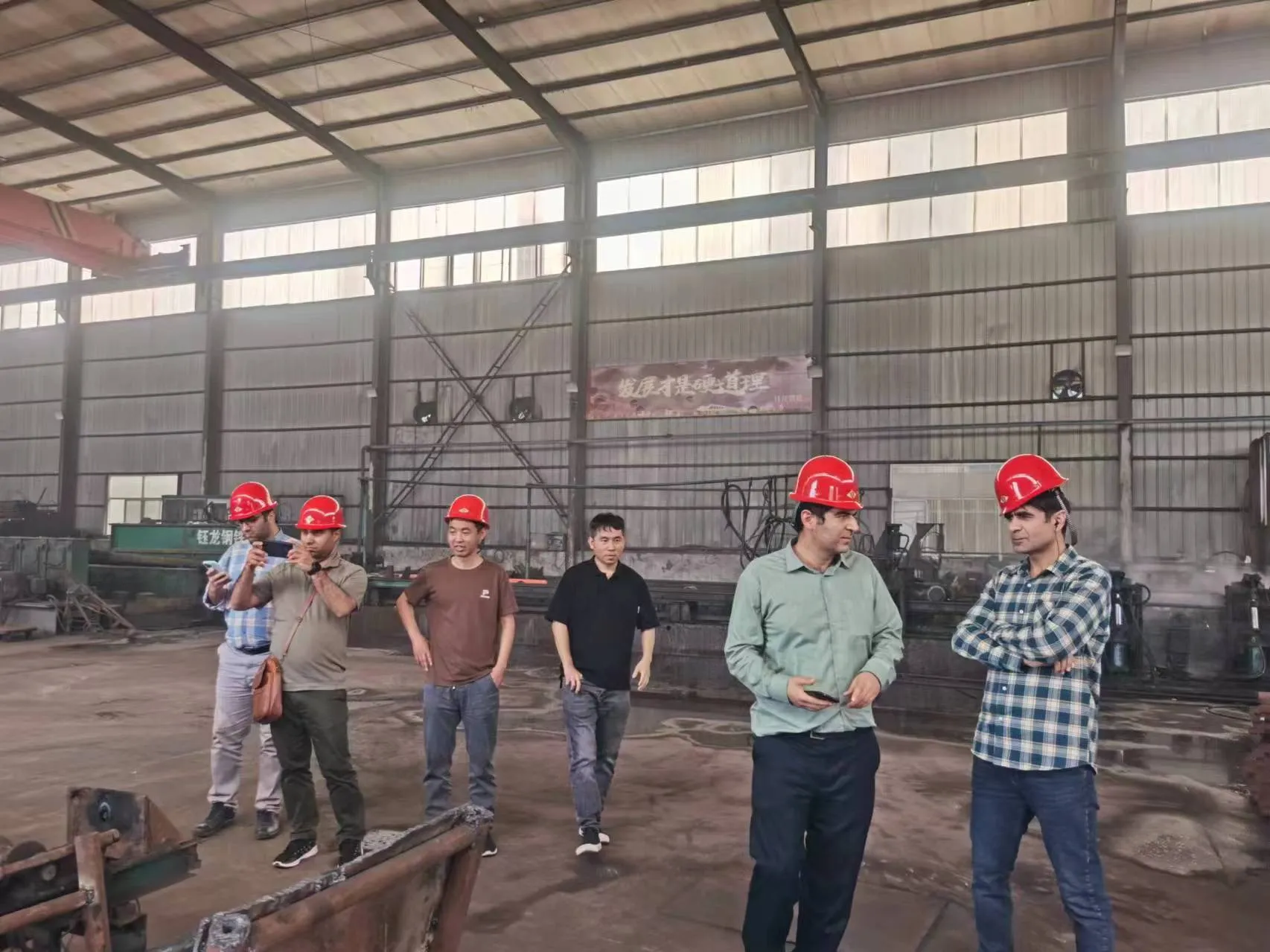-
Cangzhou Yulong Steel Co., Ltd.
-
Phone:
+86 13303177267 -
Email:
admin@ylsteelfittings.com
- English
- Arabic
- Italian
- Spanish
- Portuguese
- German
- kazakh
- Persian
- Greek
- French
- Russian
- Polish
- Thai
- Indonesian
- Vietnamese
- Zulu
- Korean
- Uzbek
- Hindi
- Serbian
- Malay
- Ukrainian
- Gujarati
- Haitian Creole
- hausa
- hawaiian
- Hebrew
- Miao
- Hungarian
- Icelandic
- igbo
- irish
- Japanese
- Javanese
- Kannada
- Khmer
- Rwandese
- Afrikaans
- Albanian
- Amharic
- Armenian
- Azerbaijani
- Basque
- Belarusian
- Bengali
- Bosnian
- Bulgarian
- Catalan
- Cebuano
- China
- China (Taiwan)
- Corsican
- Croatian
- Czech
- Danish
- Esperanto
- Estonian
- Finnish
- Frisian
- Galician
- Georgian
- Kurdish
- Kyrgyz
- Lao
- Latin
- Latvian
- Lithuanian
- Luxembourgish
- Macedonian
- Malgashi
- Malayalam
- Maltese
- Maori
- Marathi
- Mongolian
- Myanmar
- Nepali
- Norwegian
- Norwegian
- Occitan
- Pashto
- Dutch
- Punjabi
- Romanian
- Samoan
- Scottish Gaelic
- Sesotho
- Shona
- Sindhi
- Sinhala
- Slovak
- Slovenian
- Somali
- Sundanese
- Swahili
- Swedish
- Tagalog
- Tajik
- Tamil
- Tatar
- Telugu
- Turkish
- Turkmen
- Urdu
- Uighur
- Welsh
- Bantu
- Yiddish
- Yoruba

Nov . 20, 2024 19:30 Back to list
din 2576 flange
Understanding DIN 2576 Flanges A Comprehensive Guide
Flanges play a crucial role in fluid and gas transportation systems across various industries. One widely used type of flange is the DIN 2576 flange, a standard defined by the German Institute for Standardization (Deutsches Institut für Normung, DIN). Understanding the specifications, materials, and applications of DIN 2576 flanges can significantly impact the efficiency and safety of piping systems.
What is a DIN 2576 Flange?
The DIN 2576 flange is a type of flat flange commonly used in Europe, particularly in Germany. It is known for its versatile application in piping systems that transport liquids and gases under varying pressures and temperatures. The standard outlines specific dimensions, including the flange's diameter, thickness, bolt hole pattern, and the number of bolt holes, which ensure compatibility with a range of pipe sizes and types.
Specifications and Characteristics
The DIN 2576 flange operates under several classifications based on pressure ratings, typically categorized as PN 2.5, PN 6, PN 10, PN 16, and PN 25. Each rating indicates the maximum pressure the flange can withstand at a given temperature, allowing engineers to select the appropriate flange for their specific application.
The flanges are characterized by a flat face or raised face design, which facilitates better sealing when paired with gaskets. The selection between flat and raised face is determined by the nature of the application, with the raised face typically providing a more secure sealing surface.
Material Considerations
din 2576 flange

DIN 2576 flanges can be manufactured from various materials, including carbon steel, stainless steel, and alloy steel, allowing them to cater to different environmental conditions and chemical compositions of the transported medium. Carbon steel is often used for general applications, while stainless steel is preferred for corrosive environments due to its excellent resistance to oxidation and corrosion. Additionally, alloy steel flanges may be utilized for high-temperature or high-pressure applications.
Installation and Maintenance
Correct installation of DIN 2576 flanges is critical to ensuring the integrity of the piping system. Flanges must be aligned correctly to avoid excessive stress on the bolted connections. Gaskets are often used between the flanges to enhance sealing and prevent leaks. It is important to follow the manufacturer’s torque specifications during installation to achieve an even distribution of pressure across the flange connection.
Regular maintenance checks are advisable to identify any signs of wear, corrosion, or leakage. Inspections may include checking the integrity of the bolted connections and the condition of the gasket. Replacing worn or damaged flanges promptly can prevent costly downtime and safety hazards.
Applications of DIN 2576 Flanges
DIN 2576 flanges are prevalent in various industries, including oil and gas, chemical processing, water treatment, and food and beverage. Their adaptability makes them suitable for numerous applications, from low-pressure water systems to high-pressure steam lines. In the oil and gas sector, for instance, they are employed in pipelines that transport hydrocarbons, where reliability is paramount due to the potentially hazardous nature of the materials handled.
Conclusion
In summary, DIN 2576 flanges are a vital component in many industrial piping systems, offering versatility and reliability. By understanding their specifications, material choices, and proper maintenance practices, engineers and technicians can ensure that their systems operate efficiently and safely. As industries continue to evolve, the importance of standard specifications like DIN 2576 will remain crucial in the design and implementation of modern piping systems.
Latest news
-
ANSI 150P SS304 SO FLANGE
NewsFeb.14,2025
-
ASTM A333GR6 STEEL PIPE
NewsJan.20,2025
-
ANSI B16.5 WELDING NECK FLANGE
NewsJan.15,2026
-
ANSI B16.5 SLIP-ON FLANGE
NewsApr.19,2024
-
SABS 1123 FLANGE
NewsJan.15,2025
-
DIN86044 PLATE FLANGE
NewsApr.19,2024
-
DIN2527 BLIND FLANGE
NewsApr.12,2024
-
JIS B2311 Butt-Welding Fittings LR/SR 45°/90° /180°Seamless/Weld
NewsApr.23,2024











